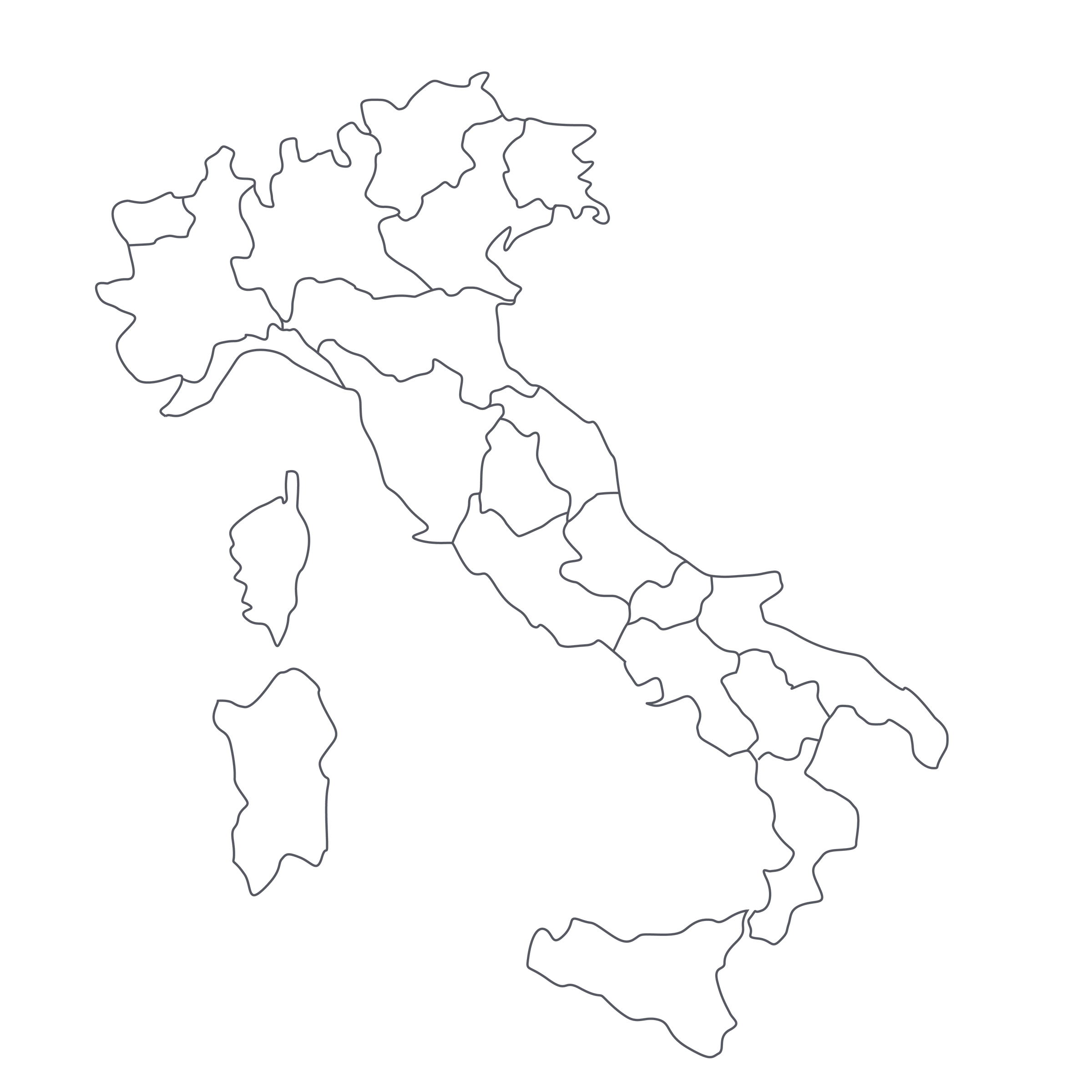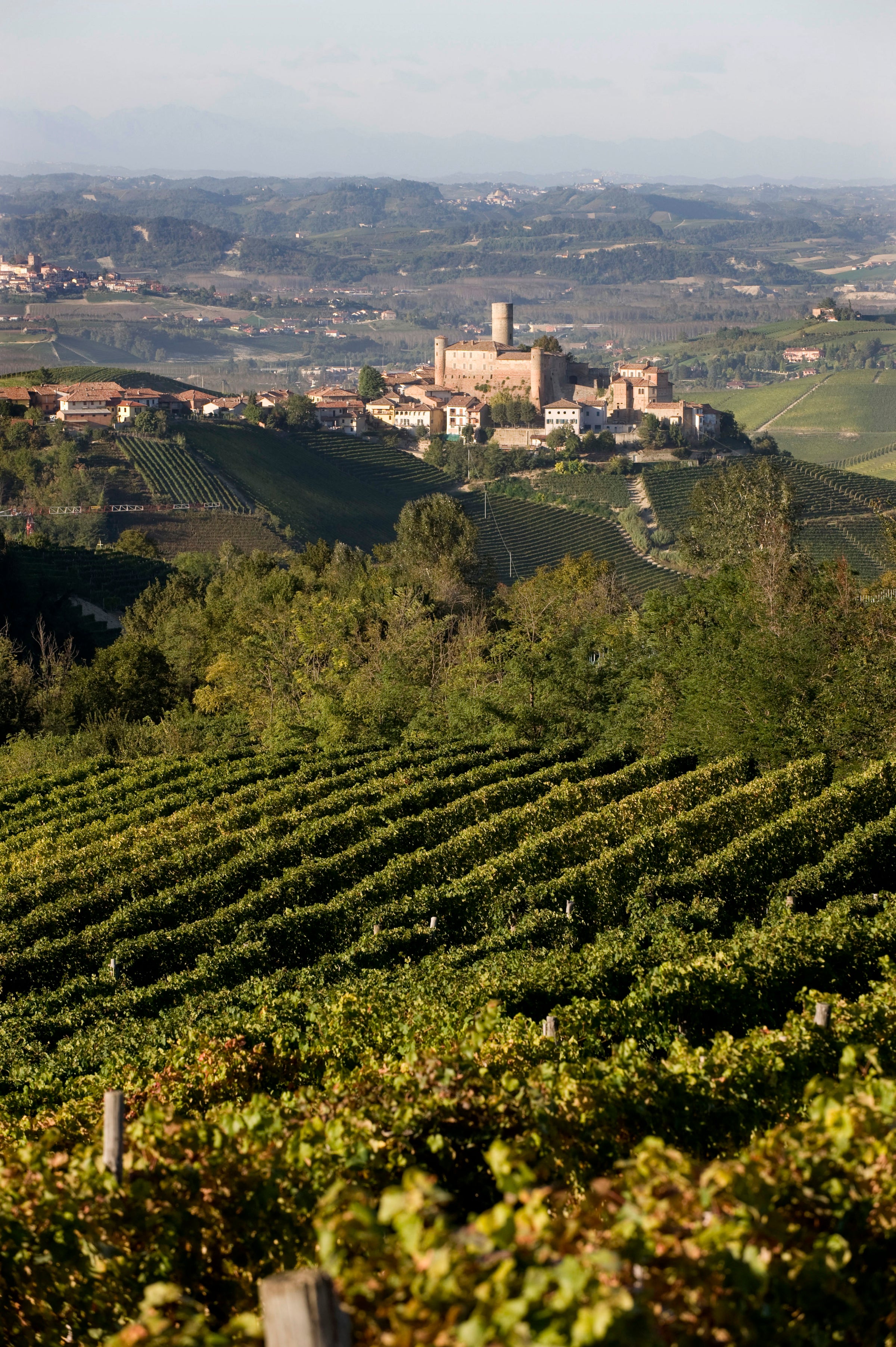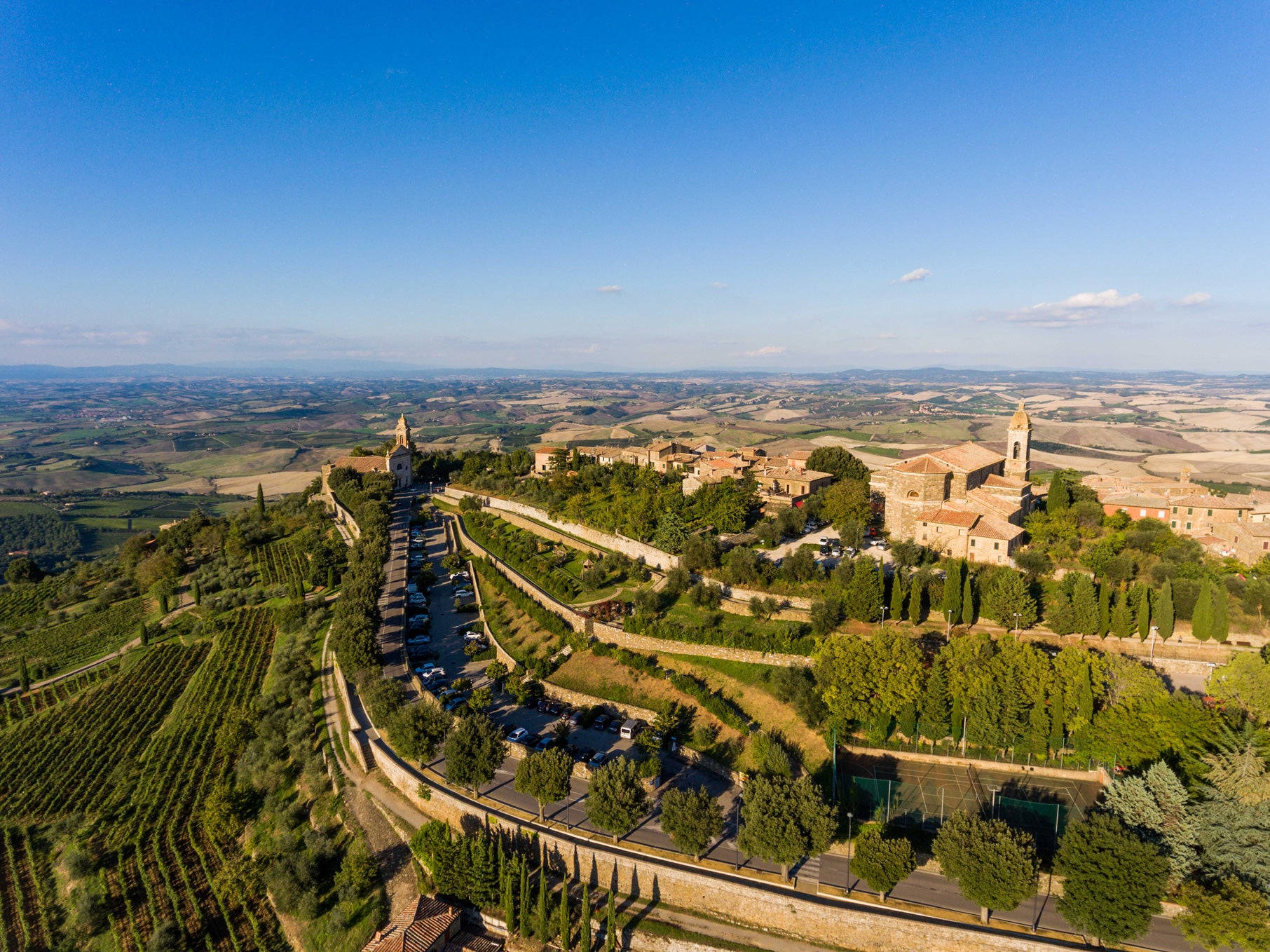Frankly, this should have been slotted for our Friday Night Series because what COS has accomplished here is as momentous as it is rare. There are but only a few producers in the world who would ever have the gumption, technical skill, or mental fortitude to execute a sparkling wine of this magnitude. In fact, the only two that come to mind are Champagne Agrapart’s $300 “Expérience” and Champagne Vouette et Sorbée’s $175 “Extrait,” both of which are virtually untraceable and made in thimble-sized quantities.
So what, exactly, are we dealing with here? A vintage-dated, Champagne-method sparkling wine that is made with grapes and grapes only (no sugar or yeast additions) through an ingenious use of raw material. I’ll of course explain the esoteric method in detail below but, for now, just appreciate the fact that there’s an opportunity to experience a sparkling wine of legitimately rare construction, from one of the most respected biodynamic names of contemporary times. Just like Agrapart and Vouette, COS’ spumante is cruelly limited and absolutely spellbinding, but it costs 3-5x less. No more than six bottles per person.
COS was founded in 1980 by three friends who are as responsible as anyone for putting the Cerasuolo di Vittoria appellation on the map, but their influence hasn't been confined to Sicily. From the jump, they’ve eschewed chemicals in their vineyards and have since become pioneering champions of biodynamic farming, soil transparency, and minimalist winemaking that’s caught the attention of winemakers across Italy. Justly proud of their natural credentials, acquired over decades of experimentation, COS’ Giusto Occhipinti (uncle of Vittoria wünderkind Arianna) and Giambattista Cilia have also become widely known for their judicious use of terracotta amphorae.
Allow me to explain how this extraordinary sparkler was made only with grapes: COS made a base wine from their famous biodynamic Frappato crop in 2018 and aged it in amphorae for one year. During the ensuing 2019 harvest, COS then took the naturally sweet grape must and added it to the previous year’s base wine. Immediately after, the wine was bottled and capped. Essentially, instead of adding sugar and yeast to initiate the secondary fermentation in the bottle—like 99.9% of all Champagne-method sparklers do—COS used the natural sugars and spontaneous yeasts of the following vintage’s grape must. From here, the wine re-fermented and aged under cap for 18 months before disgorgement in May of 2021. It was fitted with a natural cork without any dosage.
So there you have it: a 2018 sparkling Frappato, re-fermented in bottle with the natural sugars and ambient yeasts of the Frappato must from the following vintage. It’s a lot to digest but it’s well worth all the head-scratching and furrowed brows. COS’ spumante spills into a glass with a gorgeous burnt-orange hue and quickly returns some exceedingly pure aromas of red apple, Rainier cherry, blood orange zest, rhubarb, crushed raspberry, damp red flowers, wet herbs, and crushed stone. The balance and freshness here is simply outstanding. The medium-bodied palate emits incredible energy and soft, creamy textures that seem to just keep gradually expanding. It finishes bright and buoyant with gorgeous ripeness in each layer of (Sicilian) sun-kissed fruit. What a magnificent sparkling wine this is! Because this wine is so damned refreshing, nuanced, and clean, keep meat off the table and serve it with caponata atop bruschetta or the following Marsala-glazed carrots recipe. Cheers!









